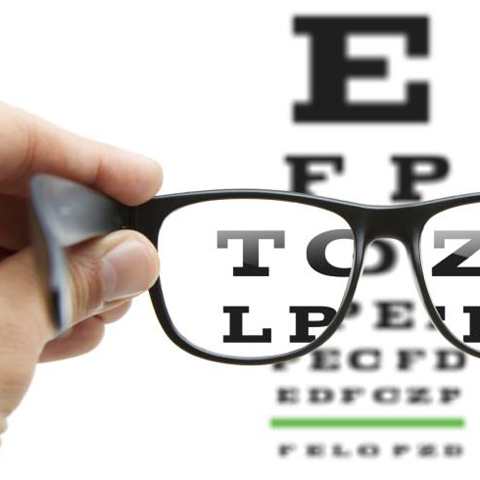
SEEING (CLEARLY) IS BELIEVING…
SEEING (CLEARLY) IS
…believing that you can confidently and safely navigate your environment (i.e., your home and your community), including avoiding obstacles that may cause injury.
…believing that you can read the instructions on a package and read the name on a street sign.
…believing that you can see objects throughout your visual field, including on the far left, far right, upper, and lower portions.
…believing that you can use a computer or watch television without experiencing headaches, watery eyes, or other signs of visual fatigue or visual overload.
…believing that your current eyeglasses are working for you and that they fit well and are comfortable on your face.
Common Vision Issues Following a Neurological Injury or Illness:
- Blurry vision – the inability to clearly see an object up close and/or in the distance
- Double vision – overlapping images
- Decreased or loss of peripheral vision -loss of the normal, wide-angle field of vision
- Visual fatigue – eye irritation and strain; can result in blurred vision and headaches
- Visual overload – hypersensitivity to light or other visual input
Where to Find Help:
- Call your vision specialist, usually an optometrist or an ophthalmologist, who will complete a comprehensive vision examination and determine the sources of your vision difficulties. Be sure to let them know about your medical history, including a neurological injury or illness.
- If you don’t have a vision specialist, contact your primary care provider and ask for a recommendation or referral.
*If you are having problems with your vision, don’t wait.
Vision is your most highly-developed sense:
80% of what we perceive comes through our sense of sight.
~Julie Jordan Cook, OTRL, C/NDT, CBIS
